19 Foods From Foreign Countries That Americans Can’t Touch
Embarking on a culinary journey across the globe reveals many unique and fascinating foods integral to various cultures. However, not all of these delicacies tickle the taste buds of Americans. Which foods? Keep reading.
Casu Marzu
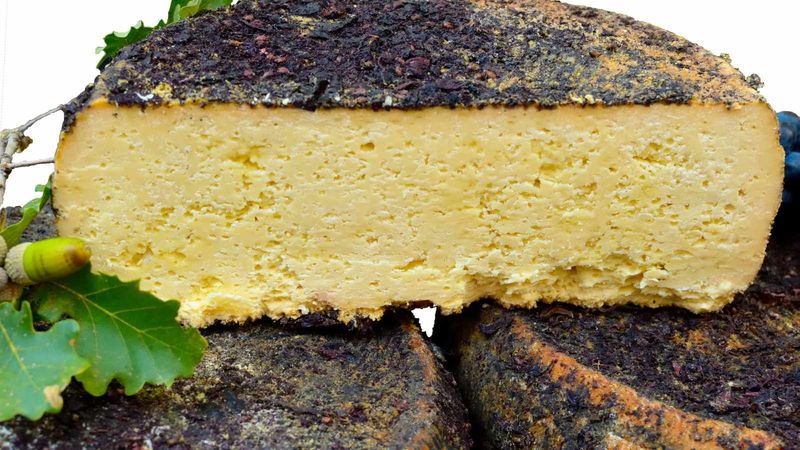
Native to Sardinia, Italy, and also known as ‘maggot cheese,’ this traditional sheep milk cheese is left outside until small flies lay eggs. The larvae then start eating the cheese and breaking down the fats, making it soft and creamy. The cheese is often served with strong red wine, but beware – the live maggots can jump up to six inches in the air!
Fugu
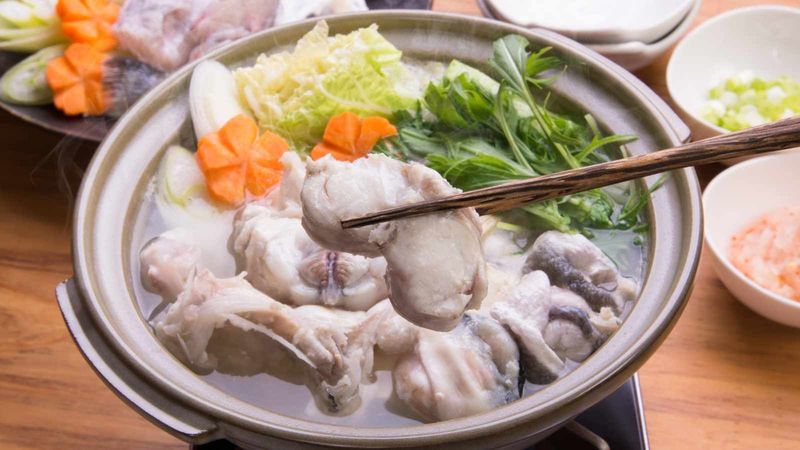
This infamous blowfish contains enough poison to kill an adult if not prepared correctly. Chefs must have a special license to prepare this delicacy, as the poison must be removed by carefully deboning and skinning it. Fugu, a Japanese delicacy, can be served in various ways, including sashimi (sliced raw fish) and tempura-style deep-fried fish.
Hirudo Medicinalis
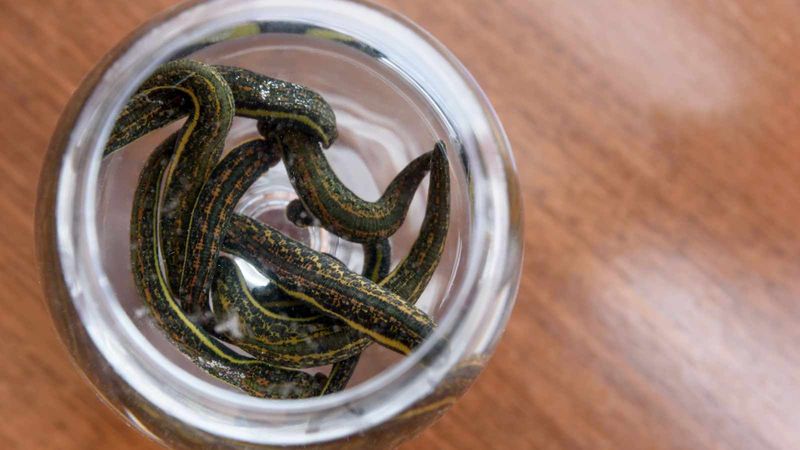
These are commonly known as ‘leeches.’ Hirudo Medicinalis are small, blood-sucking worms sometimes served as a health food in some parts of Europe. The leeches are believed to have medicinal properties and can be eaten raw or cooked with butter and herbs.
Hakarl
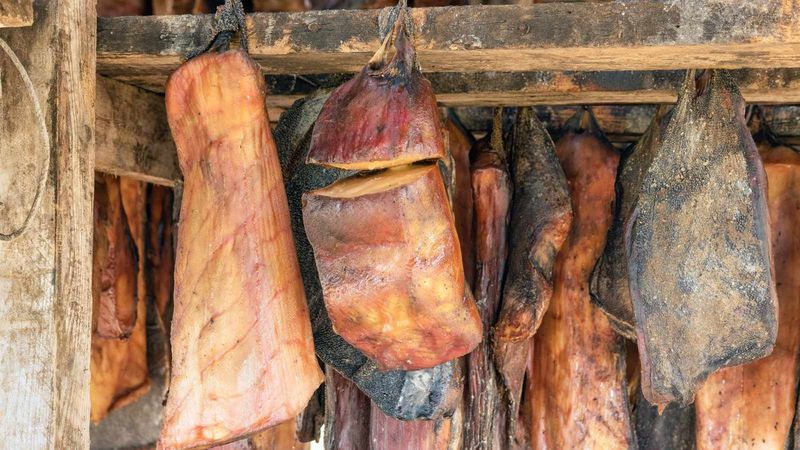
This traditional Icelandic dish is made from Greenland or sleeper sharks that have been cured in a special process for up to five months. The shark meat is dried for several months until it becomes a putrid, ammonia-rich jelly. The smell puts people off – the taste is usually described as ‘bland’ or ‘fishy.’
Sannakji
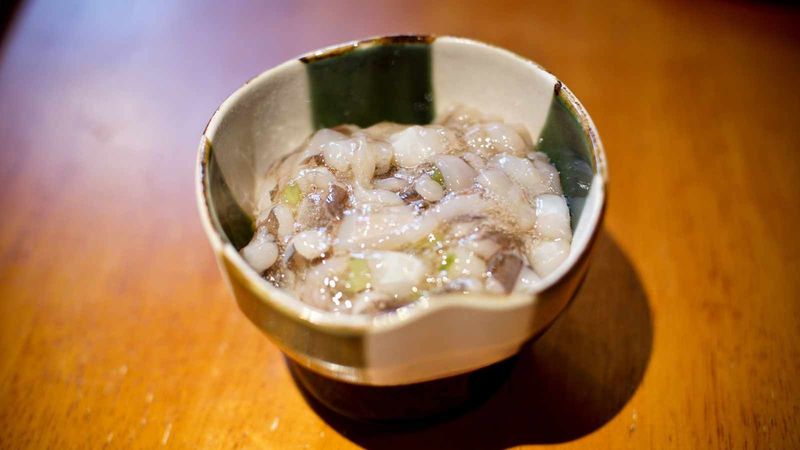
This dish, associated with the South Koreans, is made from live, whole baby octopus cut into small pieces and served with sesame oil and seeds. The tentacles are still wriggling when it arrives at your table, and many people have reported feeling a tickle in their throats as they swallow the octopus. You must chew thoroughly before swallowing, as the suction cups on the tentacles can cause choking if not properly chewed.
Blood Clams
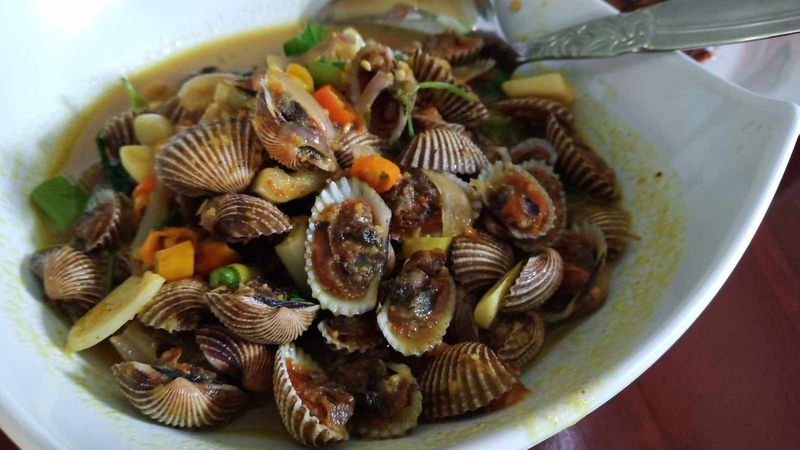
Harvested from the coastal estuaries of China, these clams get their name from their distinctive, bright red shells. They are usually eaten raw, with a spicy chili sauce or soy sauce for added flavor. Eating blood clams can be dangerous as they are prone to contamination by bacteria and viruses.
Fried Tarantulas
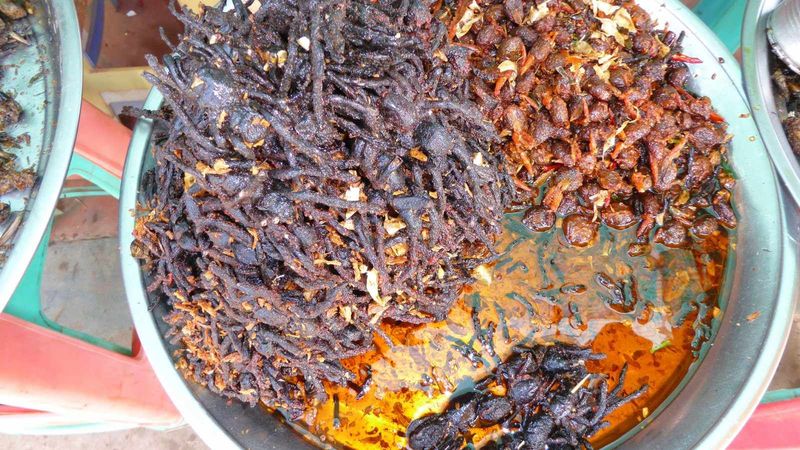
This Cambodian delicacy consists of deep-fried tarantulas served with a garlic and chili dip or sprinkled with salt. The tarantulas are believed to have aphrodisiac qualities and are usually served in small portions as a snack. The legs are crunchy, while the abdomen tastes like chicken or cod.
Mopane Worms
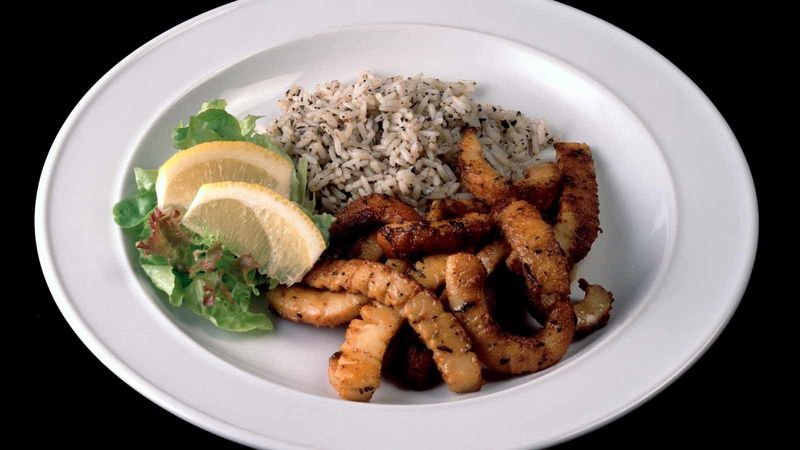
In many parts of Africa, these caterpillars are a popular delicacy fried or boiled. The worms taste nutty and are often cooked with onions, garlic, and chili to give them extra flavor. Despite their wormy appearance, mopane worms are quite tasty!
Balut
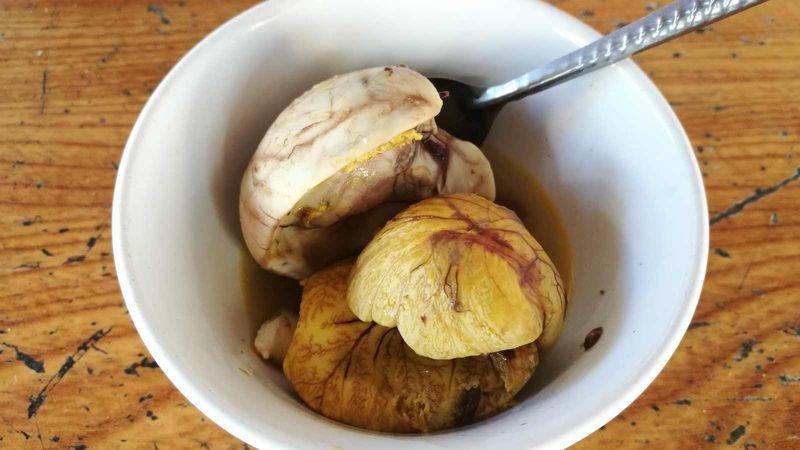
This Filipino dish is a fertilized duck egg boiled and eaten in its shell. The egg contains a partially developed embryo and is usually served with salt and vinegar. Eating balut is said to bring good luck and strength.
Durian
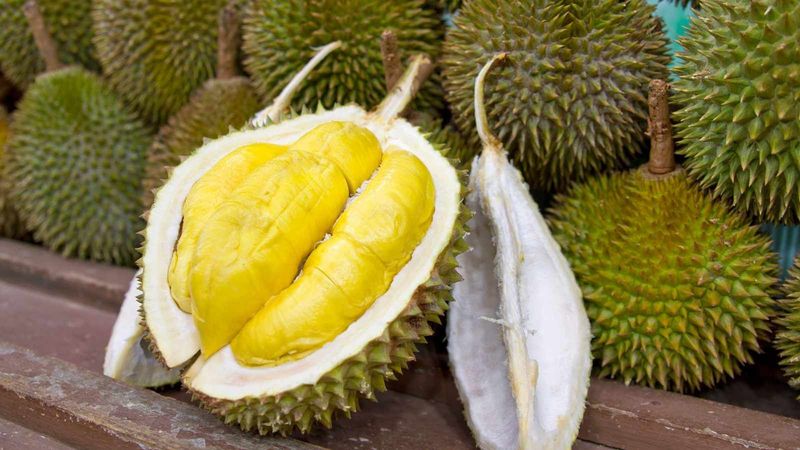
Well known as a popular delicacy in Southeast Asia, this large, spiky fruit is often called the “king of fruits.” Despite its delicious taste, durian has a strong smell that many find unpleasant. The odor has been described as everything from rotten onions to sewage, making it an acquired taste for some. Durian is usually eaten fresh but can also be cooked in various dishes and desserts.
Kopi Luwak

Kopi Luwak is one of the world’s most expensive coffees. This unique brew comes from Indonesia and is made using coffee beans that have been eaten and partially digested by civets, a wild cat. After collecting from their droppings, the beans are washed, roasted, and brewed into a cup of Kopi Luwak.
Haggis
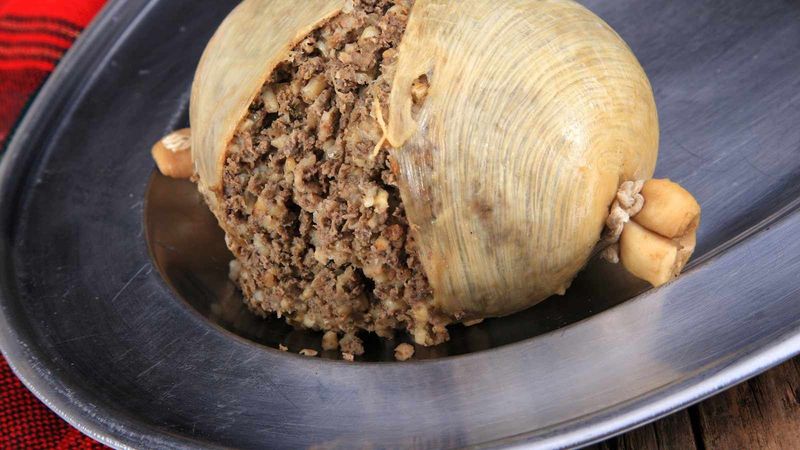
Haggis is a traditional Scottish treat made from a sheep’s heart, liver, and lungs or a calf minced and mixed with oatmeal, suet, onion, and spices. It is boiled in the animal’s stomach for several hours before serving. Although it might sound unappetizing, haggis is quite tasty when cooked properly.
Escamoles
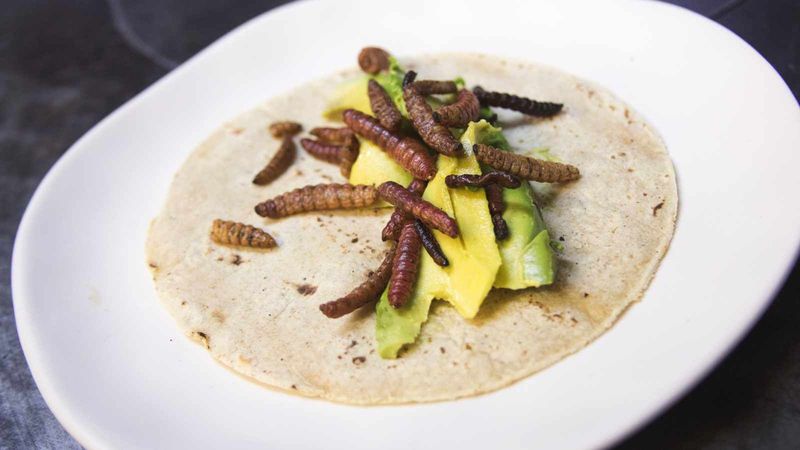
Escamoles are edible larvae in Mexico’s agave and maguey plants’ roots and are also called “insect caviar” or “ant eggs,” They have a unique creamy texture that makes them popular in Mexican cuisine. Escamoles can be cooked with butter and various spices, such as garlic, oregano, and chili powder. The taste is nutty or cheesy but might be unsavory to you.
Kashk-e Bademjan
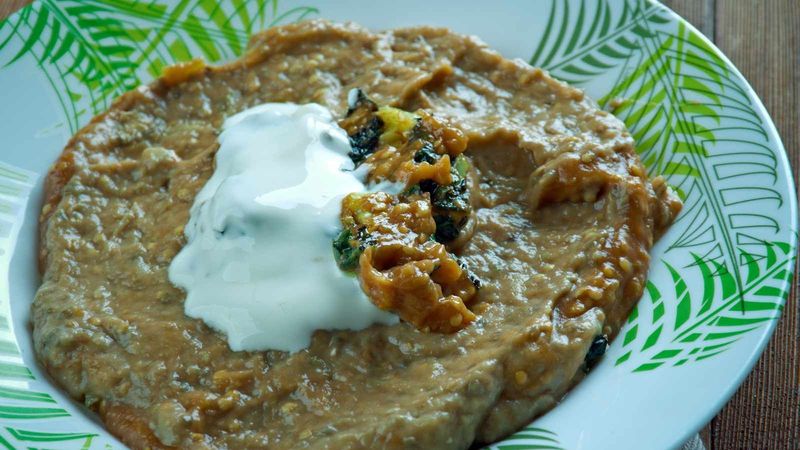
Kashk-e Bademjan is an Iranian dish that consists of eggplant, whey, garlic, and onions. The eggplant is first fried in oil until it becomes soft and mixed with other ingredients to form a paste. This paste is combined with sour cream, fried onions, and kashk (whey) to make a thick sauce. Kashk-e Bademjan is usually served as an appetizer, with a strong and salty taste that you may find unappetizing.
Virgin Boy Eggs

Native to the Chinese, Virgin boy eggs is a dish made from duck eggs, ginger, and Sichuan pepper. The eggs are boiled in the urine of boys aged ten years or younger and cracked open to reveal their soft yolk. The eggs are cooked with ginger, Sichuan pepper, soy sauce, and other spices, resulting in a unique flavor and texture.
Virgin Boy Eggs are usually served as an appetizer or snack but can be quite a strange taste due to their unusual ingredients.
Warthog Anus
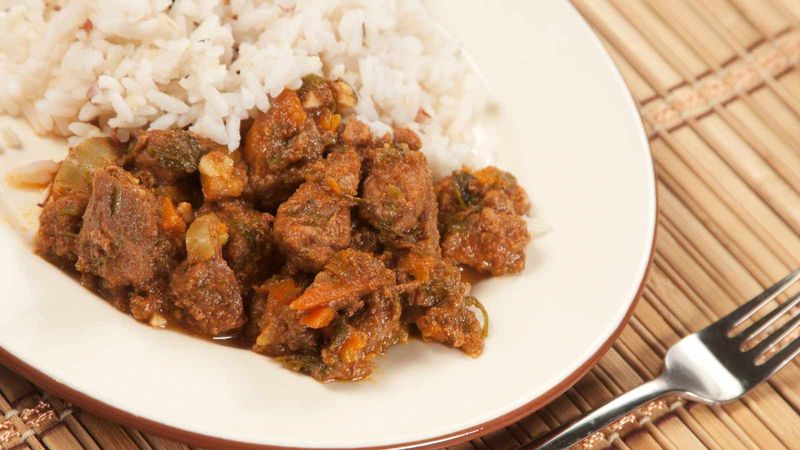
Warthog anus is a dish in some African countries. The warthog’s rectum is boiled until tender, then chopped into small pieces and served with s garlic, onion, chili peppers, and spices. The taste of the meal has been described as gamey with an earthy flavor. This dish may not be for everyone, but you might find it surprisingly delicious!
Ptarmigan Feces

This delicacy from the Arctic regions of Canada and Alaska is made from the droppings of ptarmigans, a small ground-dwelling bird. The feces are collected, boiled in water with salt and spices, and served as an appetizer or snack. Ptarmigan feces have a strong and pungent aroma but a surprisingly pleasant flavor that is slightly sweet.
Century Egg
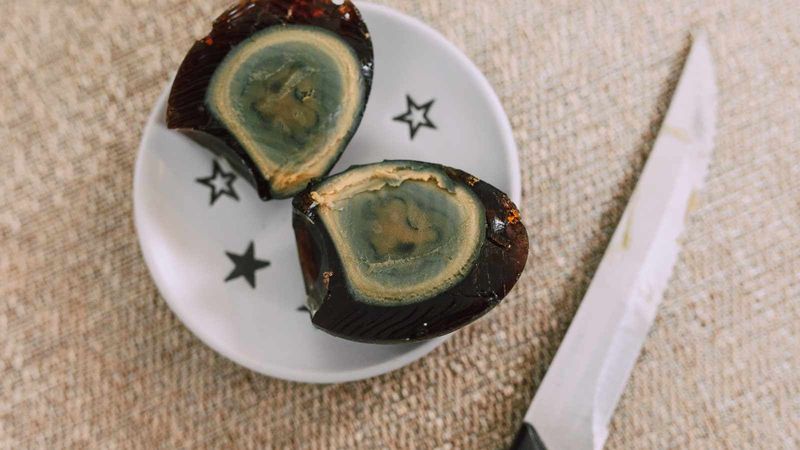
Also known as preserved egg or thousand-year-old egg, this Chinese delicacy is made by keeping an egg in a mixture of clay, ash, salt, lime, and rice hulls for several weeks to months. The result is an egg with a gelatinous texture, a greenish yolk, and a greyish-green white.
Tuna Eyeballs

Also known as Medama, this Japanese delicacy is made from the eyes of freshly caught tuna. The eyes are boiled and served with soy sauce, rice vinegar, and other seasonings resulting in an unusual but flavorful snack. Tuna eyeball dishes have a unique texture, soft on the outside but slightly crunchy on the inside. You might find it refreshing and delicious if you are brave enough to try it!
